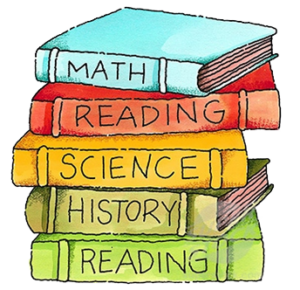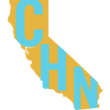
Questions to consider:
- What are my children’s learning styles?
- Where are they developmentally?
- Are they far ahead in certain subjects, while lagging behind in others?
- How much freedom do I think children should have to follow their own interests?
What curriculum you choose will be governed by your personal educational philosophy. The two ends of the educational spectrum may be represented by E.D. Hirsch, author of Cultural Literacy, and John Holt, author of Instead of Education and other books.
Hirsch believes that there is a core of knowledge which every child should know. He has attempted, through his Core Knowledge Foundation, to publish works defining the body of information he believes children should learn at various ages. He believes a coherent body of shared knowledge is more democratic and helps create cooperation and solidarity in our nation. The facts and skills he identifies are based on reports issued by state departments of education, professional teachers’ associations, and the educational systems of several other countries, like Japan, France, Sweden, and Germany, which he considers successful.
In contrast, Holt writes, “Next to the right to life itself, the most fundamental of all human rights is the right to control our own minds and thoughts. That means, the right to decide for ourselves how we will explore the world around us, think about our own and other person’s experiences, and find and make the meaning of our own lives” Instead of Education, pg. 4). Holt’s philosophy of education has been termed child-led interest or unschooling. He believes that each child, while pursuing his/her interests, will develop the necessary skills and accumulate the necessary facts for success in the enterprise of his/her choosing.
In Hirsch’s model, the teacher is the source of most information; while in Holt’s model, the teacher is the facilitator, providing resources, guidance, transportation, and funding. In Hirsch’s model, shared knowledge leads to increased cooperation in society; in Holt’s model, the infinite variety of choices leads to self-directed, self-knowing individuals. If you lean toward Hirsch’s model, you will probably choose a pre-packaged curriculum. If you lean toward Holt’s model, your children’s interests will drive the variety of resources you choose.
Customizing for your children’s needs
When you choose your curriculum it is beneficial to be familiar with one or more of the learning style modalities so that you can decide what materials best mesh with your child’s learning styles. For delightful and thought-provoking reading, try Thomas Armstrong’s In Their Own Way or Dawna Markova’s book, How Your Child is Smart: A Life-Changing Approach to Learning.
Homeschooling allows you to speed up or slow down in order to match your child’s developmental readiness in various subjects. In meeting developmental needs, a packaged curriculum gives you less leeway than one customized by you to meet the distinct developmental needs of the child.
Other resources for finding curriculum gems are local support group members, curriculum fairs, and exhibit halls at homeschool conferences. In curriculum, as in other areas of homeschooling decisions, your approach may change over time. Some new homeschoolers start with a packaged curriculum because the parents are concerned about their abilities, or because it is what their child has been used to in school. Later some find the pre-packaged curriculum too restrictive and time-consuming, and opt for a more individualized approach.
